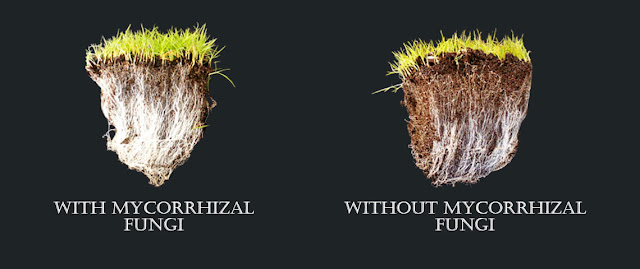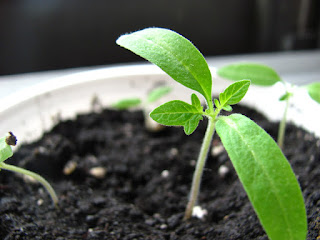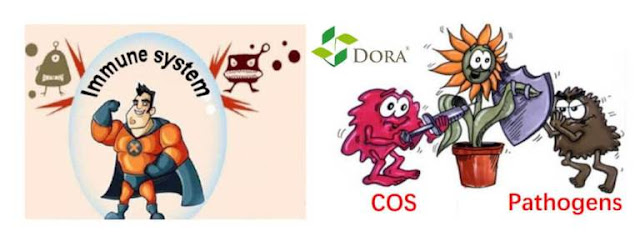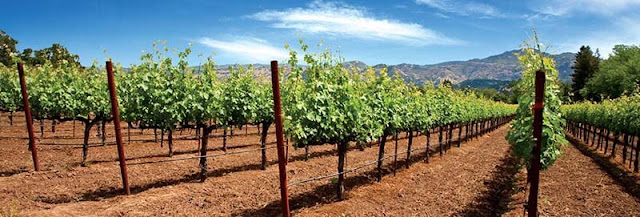Advantages of mycorrhiza in agriculture
What’s the function of Mycorrhiza? Expand the nutrient absorption surface of plants The roots of plants are important organs for plants to absorb water and other nutrients. However, due to various external factors, the growth of roots is still limited to a certain extent, such as hard soil texture, drought and water shortage, which will affect to a certain extent. Absorption of water and nutrients. The epithetized hyphae are hyphae that grow outward from the surface of the plant roots and grow far beyond the roots of the plants. Even in places where the roots of the plants cannot reach, there will be traces of epithelial hyphae, which greatly increases the absorption surface and absorption range of the roots of the plants, thus helping the plants absorb more water and other nutrients. Mycorrhiza increases the absorption of phosphorus by plants Phosphorus is the least easily decomposed and flowing element. The majority of phosphorus in soil is poorly soluble phosphorus an



